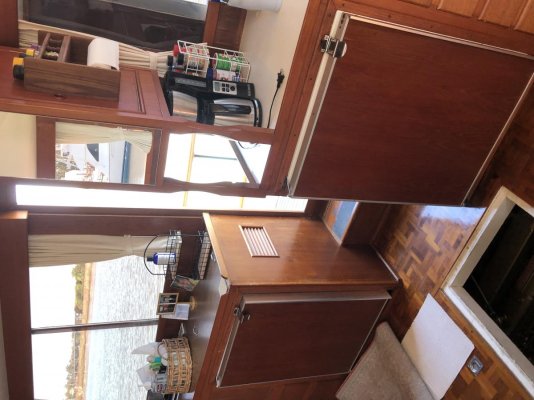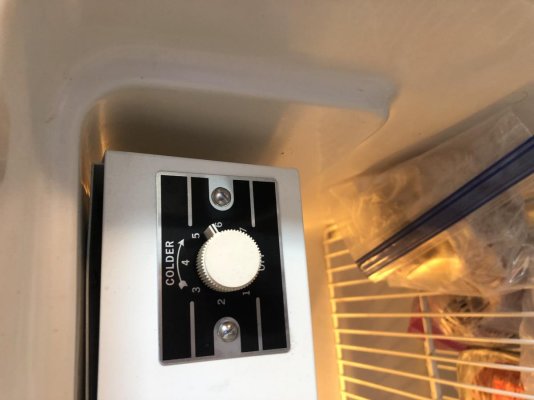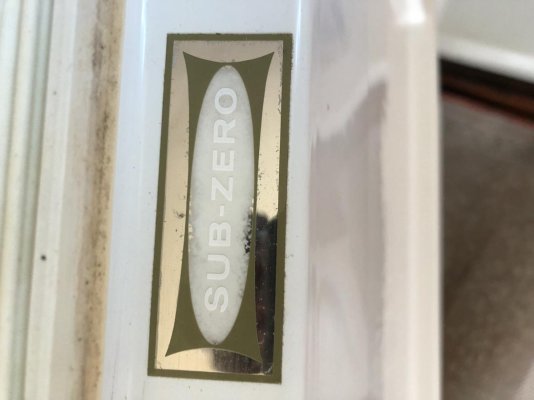While a clamp-on meter is useful, and worth having on board, but you should also get a "kill a watt" type meter. The AC ones are easy - plug into wall then plug appliance into them. Leave it for 24 hours (or week if you want...) and get much more useful info.
For DC, its a bit more mucking around as you need the (different) meter in series with the appliance, but its very much worth doing.
Having 24 hour consumption for everything on board enables you to size house bank and charging systems to match cruising needs. And decide what needs replacing....
Obviously a freezer uses a lot more energy than a fridge. Here is some test result info for a portable Waeco (Dometic) 110 litre fridge freezer, with an efficient Danfoss compressor The unit specs were 120VAC 1.2 A, 12VDC 7A. So, for a 24 hour run: 3°C hold 21 Ah. For -5°C hold 62.4 Ah. For -10°C hold 131.4Ah.
For a 40 litre Engel (40 years old) it was kinda similar: 0.5° hold 55.3Ah, -3.8°C hold 101.6Ah.
My main galley fridge is a Norcold DE0061 (Danfoss compressor) with freezer up top and fridge below. It used 80Ah in 24 hours, which is reasonable IMO. As Commodave notes, better venting would likely improve it, but it does have reasonable vents already so I have not changed it yet.
On the other hand, the older style bar fridge in the pilothouse (with tiny little freezer for a couple of ice trays and much smaller fridge compartment) used 163.3Ah. It was ditched within a short time of me collecting the data! A power hog like that is a house bank killer!



